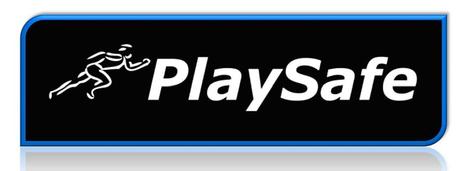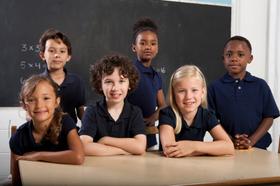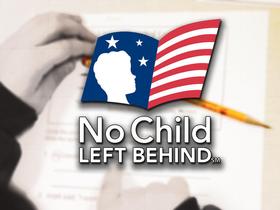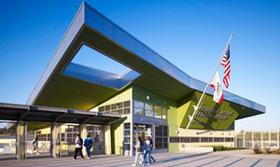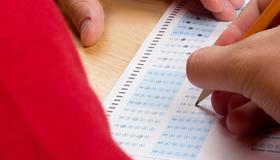At a time when many schools are pushing churches out in the interest of separation of church and state, one large Florida school district is actually welcoming churches in. Duval County, as well as other Florida school districts, appears to be learning the delicate dance between accepting help from community churches without bringing religion into the school setting. As the two coordinate efforts, it seems the biggest winners in this new partnership are the students the schools – and churches – aim to serve.
An Unlikely Partnership
The Florida Times-Union reports that First Coast churches are coming to the aid of many schools in the area, with surprisingly positive results. The first step toward this unlikely partnership was the school system, which approached a Christian non-profit, Campus Crusade for Christ, five years ago. One of the employees of the organization, Ken Vensel, was surprised when school officials asked the organization for help with a faith-based initiative for the schools. However, Vensel took the request to heart and organized a group of faith leaders in the area to come together in providing the services schools were looking for.
The result has been a number of partnerships between schools and faith leaders throughout the state, including Duval County where the needs are often great. In one Duval elementary school, Windy Hill, nearly 70 percent of the student population qualifies for free or reduced-price lunches. Churches can help these schools in a variety of ways, offering



